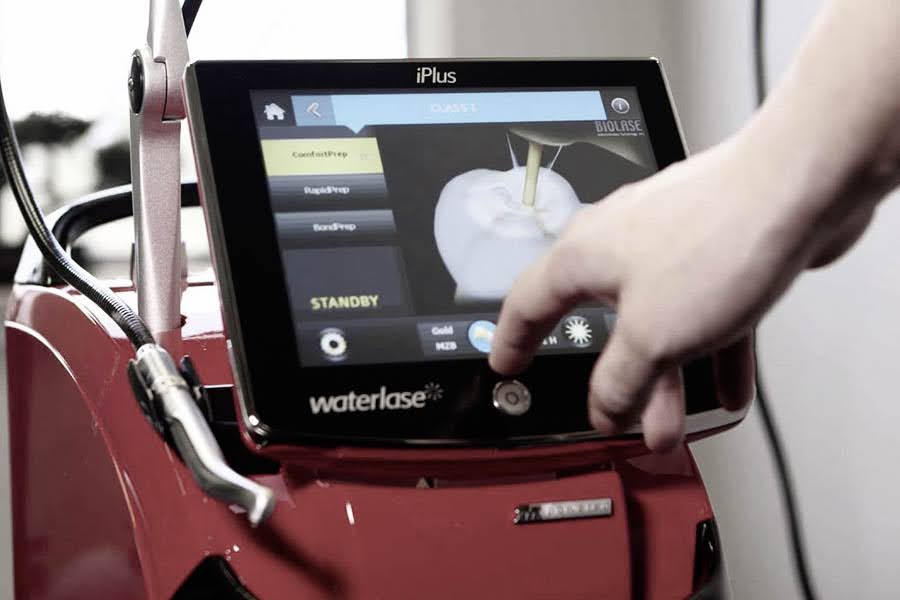Laser Dentistry
In this more modern method of dentistry, a dental laser projects powerful light beams. Soft tissue contouring and removal are only a few of the numerous procedures that dental lasers can be used for.
Laser dentistry was approved for use by the general public by the FDA in 1990. Since then, a lot of dentists have started using dental lasers in routine treatments to cut down on bleeding, anxiety, and recuperation time following treatment. The beauty of dental lasers is that they significantly lessen the amount of surrounding tissue damage compared to conventional methods, which results in less pain and discomfort.
Other advantages of laser dentistry include the following:
1. Quicker tissue regeneration and repair.
2. More of the natural tooth is preserved.
3. Haemorrhage was decreased both during and after treatment.
4. Less anaesthesia is required
5. Less need for sutures and stitches.
6. Lowered the danger of bacterial infections following surgery.
How can I benefit from laser dentistry?
Laser dentistry is very adaptable and is becoming increasingly crucial in a variety of regular dental procedures.
Laser dentistry is most frequently linked with cosmetic procedures, although it is also useful for preventative care.

Here are a few applications for dental lasers:
Before the advent of laser dentistry, the tooth would need to be drilled in order to be ready for a filling. Nowadays, lasers can fully replace the need for anaesthesia and drilling. Additionally, lasers effectively eliminate oral germs at the surgery site.
Reshaping soft tissue: Dental lasers can vaporise soft tissue to reveal more of the natural tooth (crown lengthening), reshape soft tissue to make "gummy smiles" more appealing, and remove painful soft tissue folds brought on by denture wear.
Frenectomy: By freeing the tongue, lasers can help babies, kids, and adults speak and feed themselves more effectively.
Removal of benign tumours: A dental laser can effectively and painlessly eliminate benign tumours that have developed in the soft tissue sections of the mouth.
Whitening: By boosting the activity of the particles in the peroxide bleaching solution, lasers can significantly speed up the tooth whitening process.
Biopsy: Lasers may occasionally be used to conduct a biopsy on suspect soft tissue regions. This biopsy method can be carried out quickly and precisely.
How are laser treatments carried out?
To cure various ailments, various dental laser types have been developed. The best use of each laser is determined by the wavelength of light it emits. The most popular dental lasers are diode and carbon dioxide lasers, which are typically used to address soft tissue issues. After taking X-rays and performing a thorough examination, the dentist will decide which kind of laser is best to use.The eyes will be protected by special glasses because the laser beam is so bright. The dentist will next delicately dissolve the fragile tissue, firm the filling, or whiten the teeth while aiming the beam at the damaged area. Compared to traditional procedures, the operation will take far less time and be much less stressful and uncomfortable. The only major drawback to laser dentistry is the potential cost increase.




